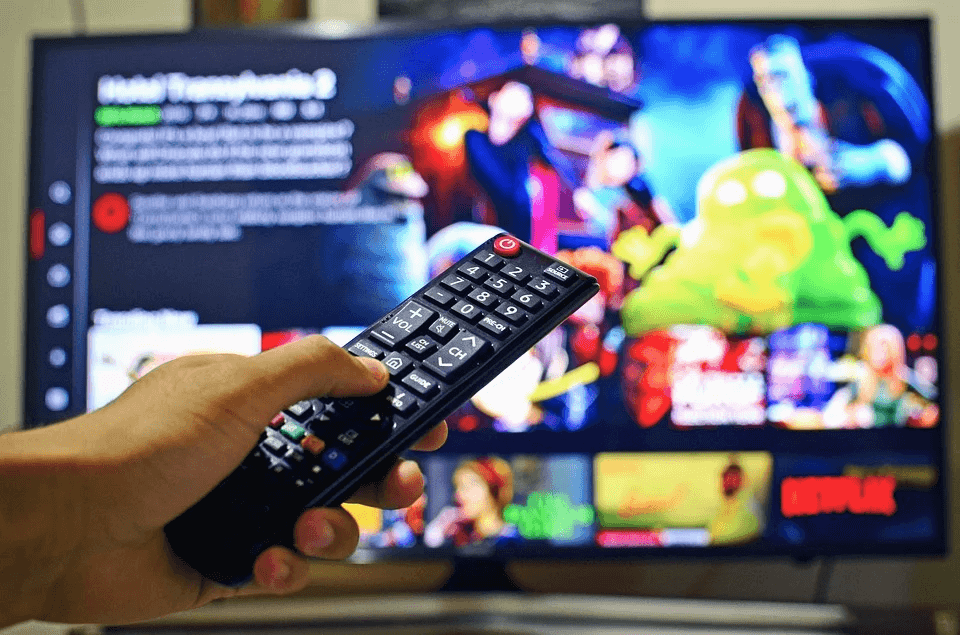Internet Protocol television, or IPTV for short, is a type of streaming video that uses the internet to deliver programming to viewers. IPTV services allow users to watch live and on-demand television content through a web browser or app.
They are similar to traditional cable and satellite TV services, but they use the internet instead of cables to deliver programming. IPTV services are growing in popularity because they’re cheaper than traditional TV services and they offer more flexibility than traditional TV providers.

What is IPTV?
IPTV is a digital television service that delivers TV programming over the internet. IPTV provides the same features and functionality as traditional cable or satellite TV service, but it is delivered through your broadband internet connection instead of a satellite dish or cable box. IPTV service is delivered to your home via a special IPTV receiver box that connects to your broadband modem.
The IPTV receiver box converts the digital TV signals into a format that can be displayed on your TV. Most IPTV services require you to have an internet connection with speeds of at least 5 Mbps for standard definition video, or 10 Mbps for high definition video. However, there are some services that will work with slower internet speeds, depending on the quality of the video you are wanting to watch.
5 Features of IPTV
1. Picture Quality
Picture quality is one of the most important features to consider when choosing a new TV. The best way to judge picture quality is to watch a few different TVs in a store, side by side. Some things you may want to consider are the clarity of the picture, the color accuracy, and the level of detail.
2. Channel selection
Channel selection is an important part of the advertising process. The best way to reach consumers depends on the product or service being advertised and the demographics of the target market. There are many different ways to advertise, and each has its own strengths and weaknesses.
Traditional advertising methods such as television, radio, and print still have a large audience, but they are becoming less effective as more people cut the cord or limit their exposure to ads. Digital marketing is growing rapidly and offers many opportunities for targeting specific audiences.
Social media platforms such as Facebook and Twitter allow businesses to connect with potential customers in a very personal way. Paid search engine marketing can help businesses reach people who are already looking for what they have to offer.
3. Cost of IPTV
IPTV is a relatively new technology that allows users to watch television programs over the Internet. It offers many advantages over traditional cable and satellite TV, including lower costs and greater flexibility. However, the cost of IPTV varies depending on the provider and the features you choose. In this article, we will explore the cost of IPTV and what factors affect the price.
4. Device compatibility
Internet Protocol Television, or IPTV for short, is a new way of watching television that uses the internet to deliver programming to users. Unlike traditional cable TV, which sends programs over the airwaves, IPTV uses a broadband connection to send programming directly to TVs.
This means that you can watch your favorite shows online, from anywhere in the world. IPTV is also more affordable than traditional cable TV, and there are plenty of options available to fit everyone’s needs.
5. The User Experience of IPTV
IPTV user experience (UX) is the overall user satisfaction with the quality of the service, ease of use, and pleasantness of the interaction. UX research strives to understand how people interact with technology and design solutions to improve their experience. IPTV providers are increasingly interested in understanding their users’ experience and improving it.
How Does IPTV Work?
IPTV stands for Internet Protocol Television. It is a digital television service that uses the internet to deliver content. IPTV can be delivered through a set-top box, smart TV, or computer. The content is streamed through an IPTV service provider.
The provider then delivers the content to the customer’s home using a broadband internet connection. IPTV can offer a variety of channels, including local and international channels, live sports, and on-demand content. It can also offer interactive features, such as pause and rewind.
Final Words
In conclusion, IPTV Norge is a television service that uses the internet to deliver programming. It offers viewers more flexibility and choice in what they watch. IPTV also has the potential to save providers money by reducing the need for traditional delivery methods. How does it work? IPTV works by using a set-top box that is connected to the internet. The box receives a signal from the provider and converts it into a format that can be streamed through the internet to your TV.